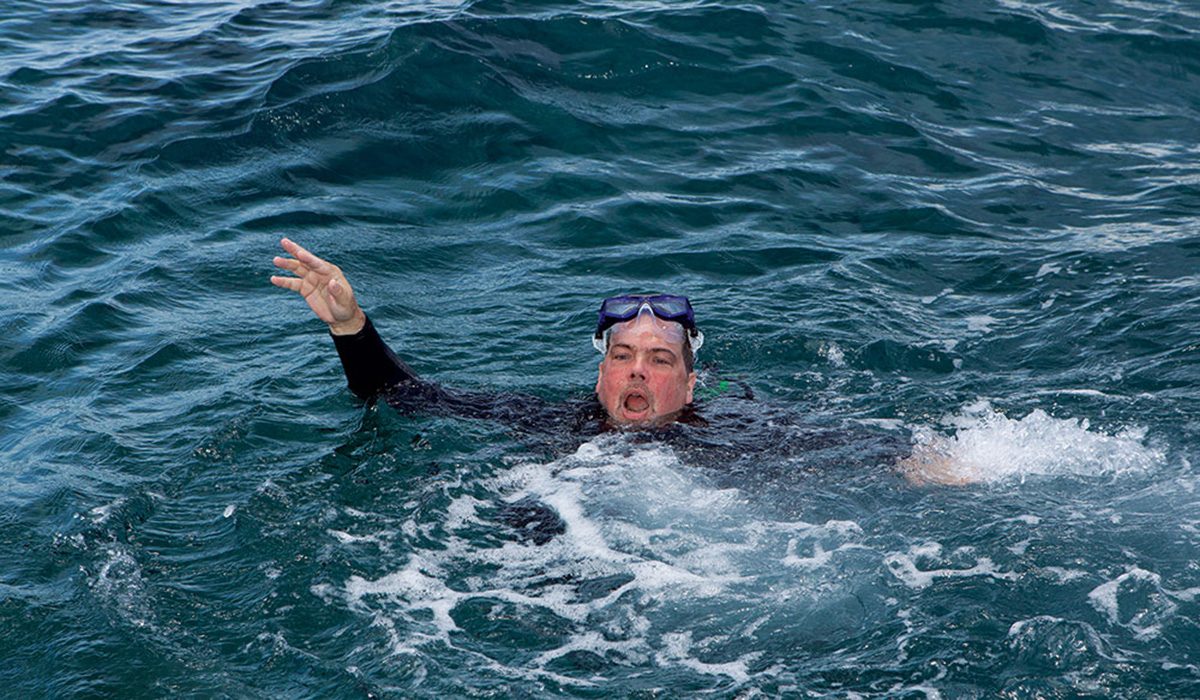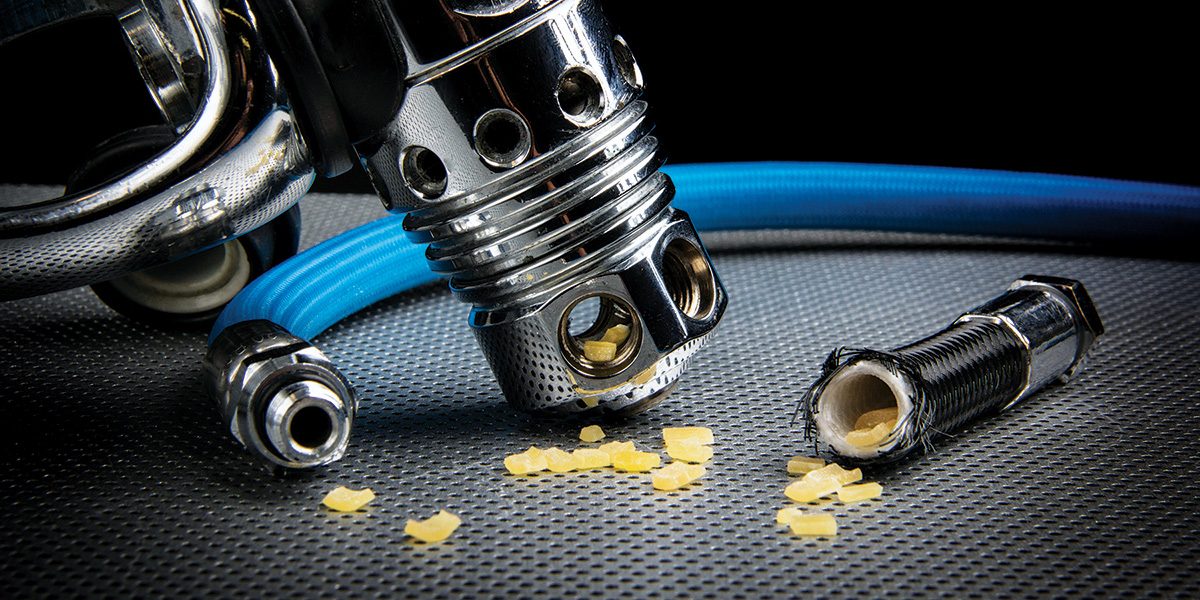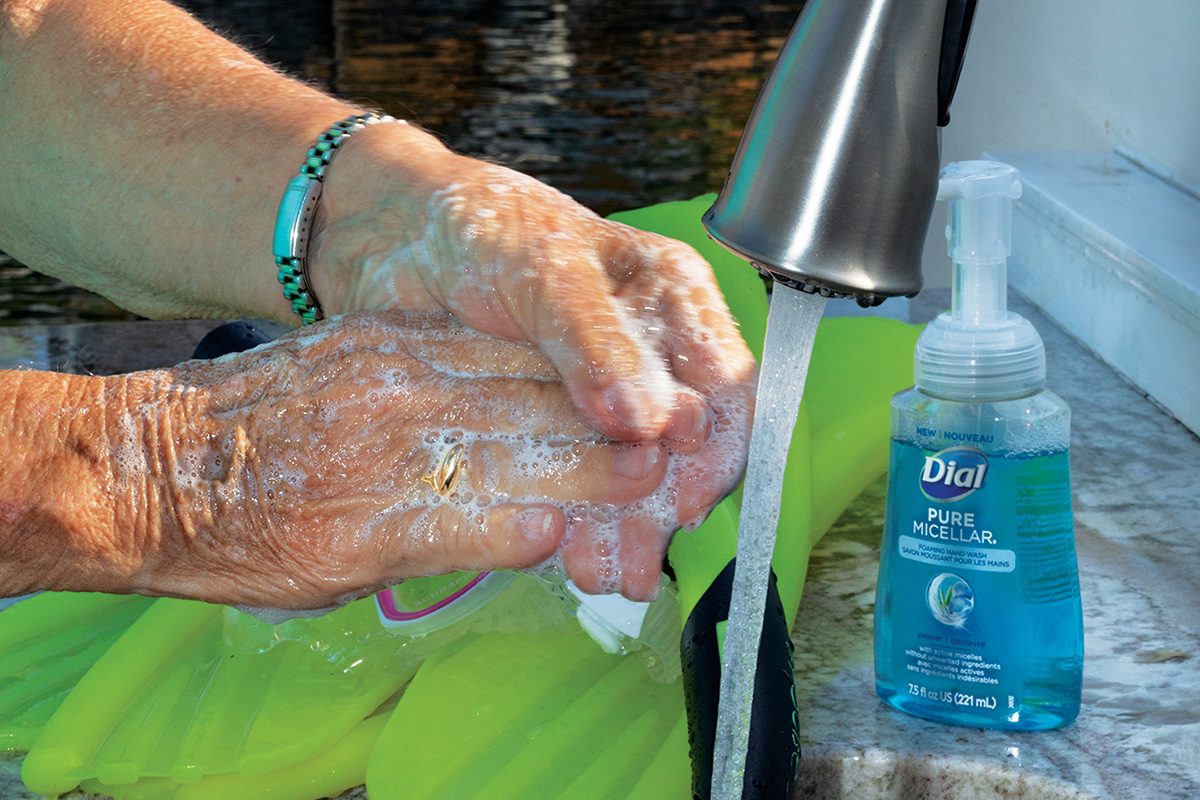What Drowning Really Looks Like
Drowning is not splashing about like you see in film and television. Learn the cues so you’re prepared next time you’re in the water.

Drowning is not splashing about like you see in film and television. Learn the cues so you’re prepared next time you’re in the water.

Some first-stage scuba regulators have a shared low-pressure hub. Purging the second-stage regulator to release pressure from all hoses before disassembling gear causes gas in the other hoses to move backward toward the first stage. The gas could carry debris from the other low-pressure hoses and possibly through the first-stage regulator into the hose being used to vent the system. Performing regular maintenance, checking your hoses and noting any difficulty in breathing or inflation during your predive check should prevent hose degeneration from causing an underwater incident.

COVID-19 has thrown a wrench in the travel and dive industry, and dive operators and professionals want to ensure their divers are protected when they get back in the water. Taking steps to reduce the transmission of COVID-19 in scuba shops, on boats and through shared equipment will continue to be important for the foreseeable future. Using a disinfectant that is approved for use against the virus that causes COVID-19 is one of the most crucial steps a dive operation can take, especially if providing rental equipment.

Certified divers learned to do predive safety checks during training, but do they perform one every time they dive? It is one of the easiest ways to prevent oversights, gear malfunctions and forgotten pieces of equipment. But predive safety checks often aren’t as thorough as they should be. Complacency and skipping your predive safety check or buddy check are entirely preventable factors in dive accidents. Complete all your checks before every dive.
